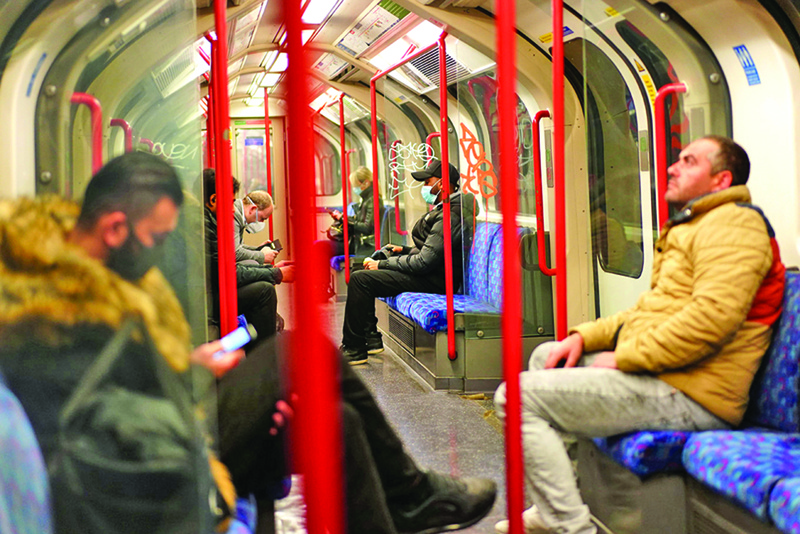
LONDON: Britain's unemployment rate rose for the first time since the coronavirus lockdown began in March but data published yesterday also suggested the increase in joblessness was, so far at least, not surging. The unemployment rate increased to 4.1 percent in the three months to July from the 3.9 percent it had clung to since early 2020, in line with the median forecast in a Reuters poll of economists. The government's huge coronavirus job subsidy scheme, which is now being wound down, has prevented many layoffs.
Experimental figures showed the number of staff on company payrolls fell by a monthly 36,000 in August. That was more than job losses of 20,000 in July but still only a fraction of mass layoffs in April and May. The ONS had previously reported 114,000 job losses for July, but revised this down sharply after receiving more data.
Overall, the payroll numbers fell by 695,000 between March and August. Samuel Tombs, an economist with Pantheon Macroeconomics, said the payroll numbers were likely to fall much further in September and October when employers will have to pay more towards the cost of the furlough scheme. "The number of people searching on Google for phrases including 'redundancy' rocketed to a record high in July, consistent on past form with the official measure of redundancies peaking in September," he said.
Official data for the three months to July showed a much smaller-than-expected fall in the number of people in employment at 12,000, just a tenth of the median forecast in the Reuters poll. The Office for National Statistics said its figures might be "slightly impacted" by a change in the way it interviews households since the COVID-19 pandemic swept Britain.
The surveys, which now rely on telephone calls rather than face-to-face interviews, under-represent people who rent their homes and over-represent homeowners who are less at risk of unemployment, the ONS said. Sterling briefly rose after the data was published. Economists expect more jobs to be lost as the government's huge job retention subsidies are wound down before expiring at the end of October.
The Bank of England has forecast that the unemployment rate will hit 7.5 percent at the end of this year. "This is a difficult time for many as the pandemic continues to have a profound impact on people's jobs and livelihoods," finance minister Rishi Sunak said in a statement. "That's why protecting jobs and helping people back into work continues to be my number one priority." The number of job vacancies rose to 434,000 in the three months to August, about 30 percent higher than in the April-to-June period but almost half their level before the pandemic.
Companies in sectors such as tourism and high-street retailers, have announced major job losses. London's City Airport said on Monday it needed to cut up to 239 jobs or 35 percent of its staff, echoing expected staffing reductions at Heathrow. Britain's biggest domestic bank Lloyds is making 865 redundancies. - Reuters

